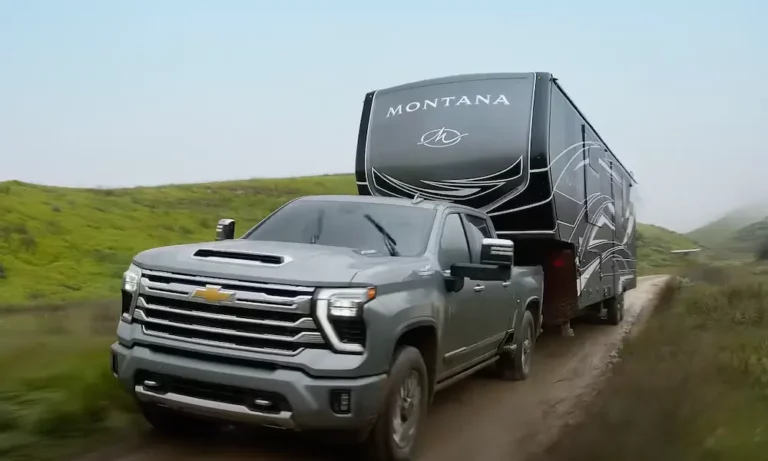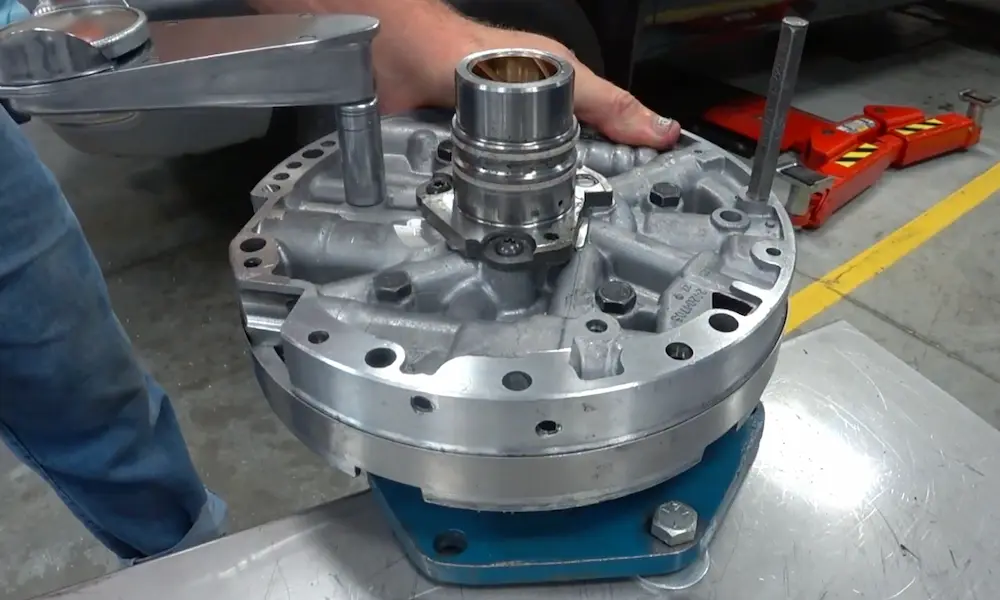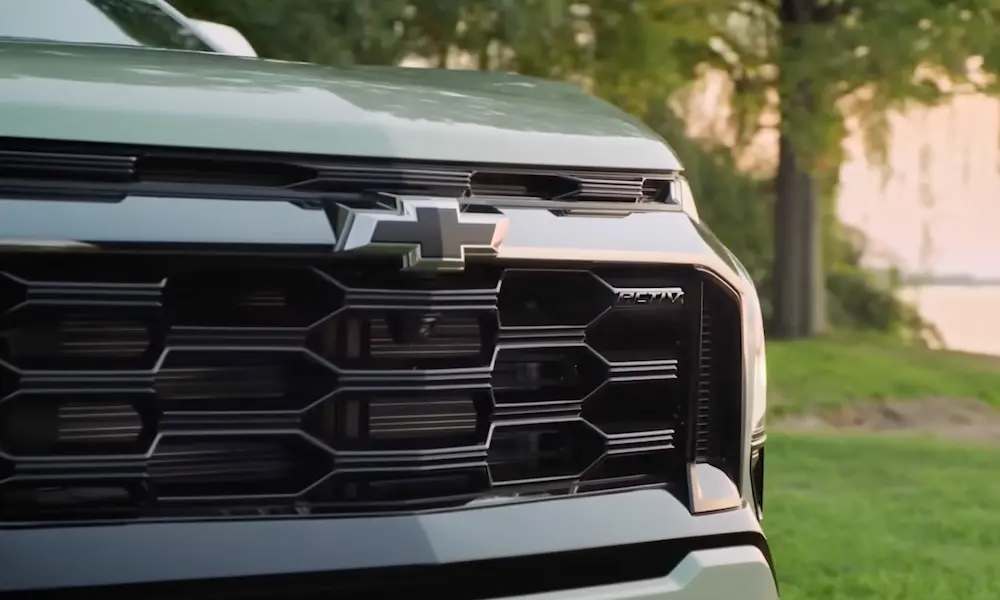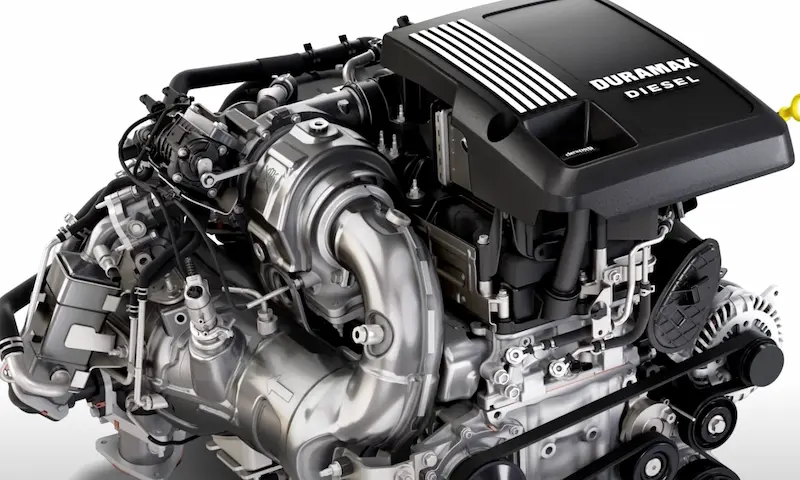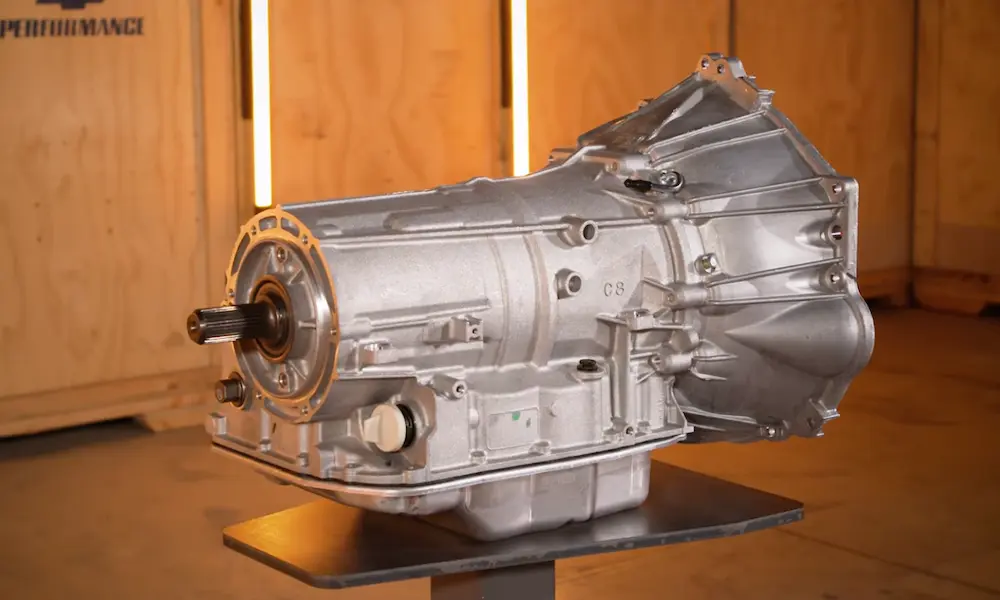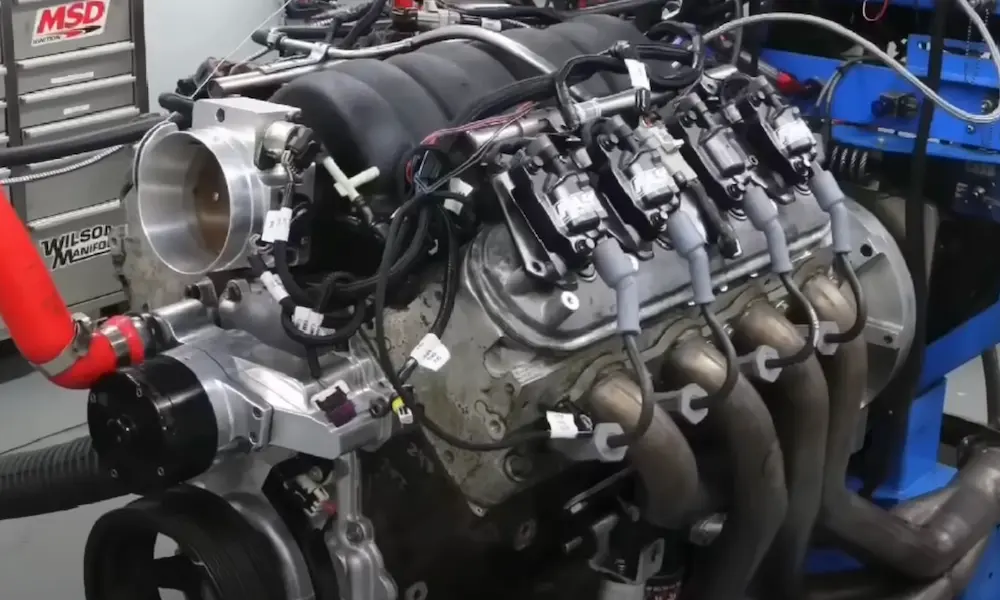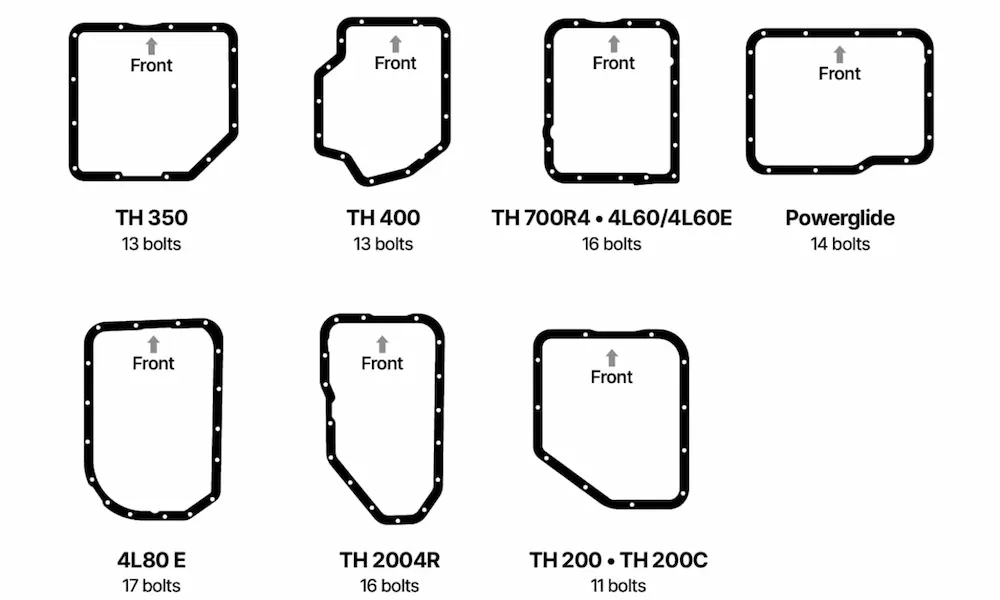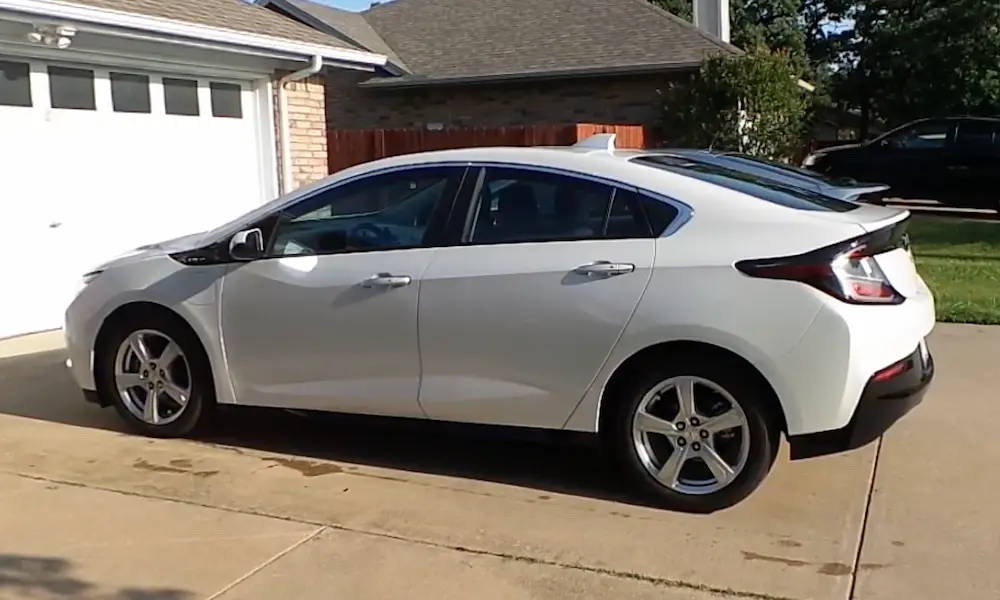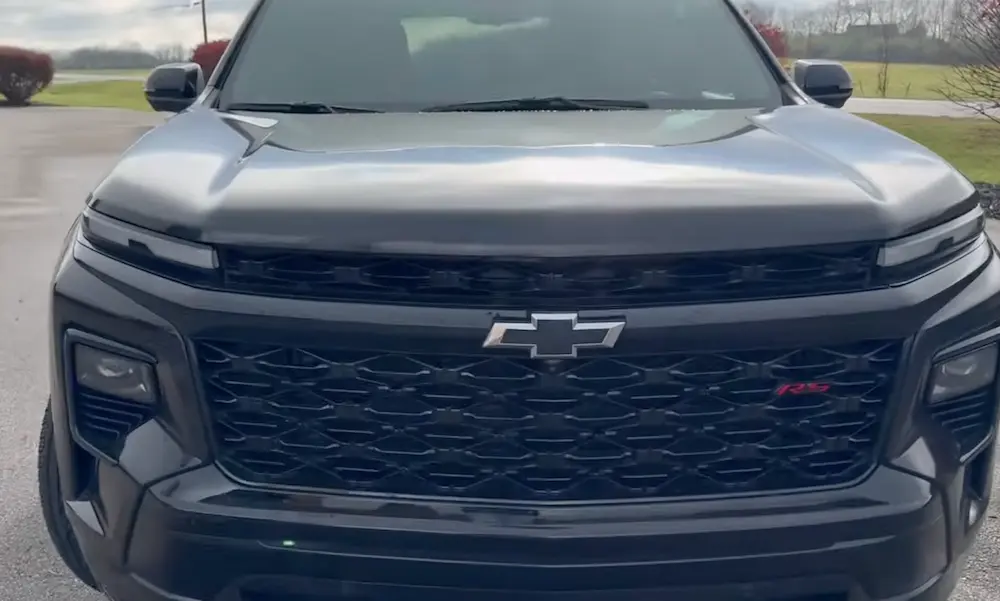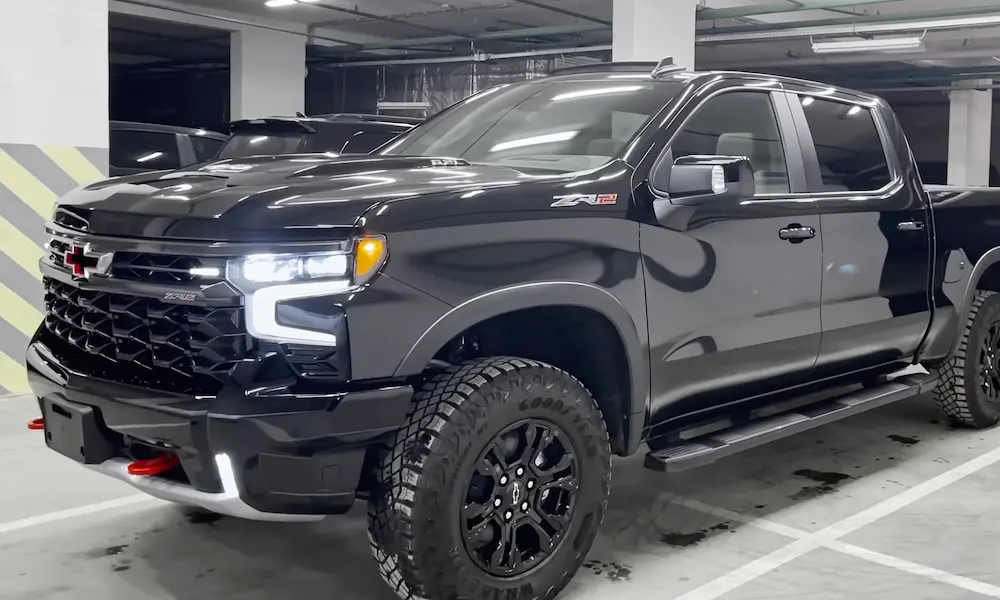Ever seen that “Service Trailer Brake System” message light up on your Silverado’s dashboard? If you tow regularly, this warning can be frustrating and concerning. Whether you’re seeing it with a trailer attached or—strangely enough—when there’s no trailer in sight, this message indicates your truck has detected an issue that could affect your towing safety.
Let’s break down what this system actually does, why that warning appears, and how you can fix it without unnecessary trips to the dealership.
What Is the Silverado Trailer Brake System and How Does It Work?
Your Silverado’s trailer brake system isn’t just a convenience feature—it’s a sophisticated safety system designed to synchronize your truck’s braking with your trailer’s brakes. This coordination significantly improves stopping distance and reduces wear on your truck’s brakes when you’re hauling heavy loads.
The system consists of several key components:
- Trailer Brake Power Control Module (TBPM): Manages the electrical current to your trailer brakes (located above the spare tire)
- Brake System Control Module (BSCM) or Chassis Control Module (CCM): Monitors signals between systems and controls trailer brake operation
- Trailer Brake Control Switch (TBCS): The dashboard control that lets you adjust braking force (trailer gain)
- Seven-pin connector: The physical connection between your truck and trailer
When functioning correctly, the system automatically detects your trailer connection and determines which type of trailer brakes you’re using:
- Electromagnetic brakes: Uses magnets to create friction against the brake drum
- Electro-over hydraulic brakes: Uses an electric pump to pressurize hydraulic fluid
The truck continuously sends test pulses through the trailer brake circuit to monitor connections and detect potential problems—even when no trailer is attached.
Model Year Differences Worth Noting
Silverado trailer brake systems vary by model year:
- 2014-2019 models (old body style): The system distinguishes between electromagnetic and electro-over hydraulic brakes
- 2019-2020 models (new body style): The system treats all trailer brakes as electromagnetic regardless of actual type
What Does “Service Trailer Brake System” Actually Mean?
When your Silverado displays “Service Trailer Brake System,” the Electronic Control Unit (ECU) has detected a fault within the integrated brake system. This warning indicates your trailer brakes might not function correctly or at all—a serious safety concern when towing.
This message often appears alongside a diagnostic trouble code (DTC) like C1114, which helps pinpoint the specific issue. Importantly, this warning is different from “Check Trailer Wiring,” which typically indicates connection problems between your truck and trailer.
The warning message appears most commonly on 2014, 2015, and 2018 Silverados, though more recent models (2020-2024) have also experienced similar issues that prompted GM to issue customer satisfaction programs.
Why Does It Show Up When No Trailer is Attached?
Many owners are confused when they see this warning without a trailer connected. Here’s why it happens: your truck’s Trailer Brake Power Control Module constantly sends test pulses through the circuit regardless of whether a trailer is attached. If these pulses detect abnormalities (like shorts or open circuits), the warning appears to alert you of potential issues for future towing.
Common Causes of the Service Trailer Brake System Warning
Several issues can trigger this warning. Here are the most common culprits:
1. Malfunctioning Trailer Brake Control Switch
This switch on the left side of your steering column can wear out or accumulate dust and corrosion. When it fails, it often generates a C1117 diagnostic trouble code.
2. Electrical Issues
- Blown fuse: The trailer brake system fuse can blow from electrical overloads
- Faulty relay: The trailer brake controller relay (near the spare tire) may fail
- Damaged connector: The seven-pin connector can suffer from corrosion or loose connections
3. ABS Sensor Failures
Since the ABS system integrates with your trailer brakes, a faulty ABS sensor can trigger the warning. You’ll often see the ABS warning light illuminated at the same time.
4. Battery Interaction Issues (2023-2024 Models)
Newer Silverado HD models have a specific issue where the trailer’s battery charge surpassing the vehicle’s battery charge (from solar panels or generators) can cause the Trailer Brake Control Module to shut down, triggering the warning.
How to Diagnose Trailer Brake System Problems
A systematic approach will help you pinpoint the exact issue:
Step 1: Scan for Diagnostic Codes
Use an OBD-II scanner to check for diagnostic trouble codes (DTCs). Common codes include:
- C1114: Problem in the trailer brake circuit
- C1117: Fault in the trailer brake control switch
Step 2: Check the Trailer Brake Control Switch
If you get code C1117, focus on the switch first. Look for dust, corrosion, or physical damage. It’s located on the left side of the steering column.
Step 3: Inspect the Electrical System
- Check the fuse: Locate and test the trailer brake fuse with a multimeter
- Test the relay: Inspect the trailer brake controller relay near the spare tire
- Examine the 7-pin connector: Look for corrosion or damage; test with a trailer light tester
Step 4: Test the ABS Sensors (If ABS Light Is Also On)
Test each ABS sensor with a multimeter:
- Set to resistance mode
- Connect probes to the sensor terminals
- Readings should be between 800-2000 Ohms
- Compare readings across all sensors for consistency
Useful Diagnostic Tools
Professional diagnostics may require specialized equipment:
- Voltmeters and ammeters: Test voltage at trailer brakes and measure current flow
- GM Trailer Simulator Tool (EL-52641): Simulates a trailer connection for testing
- Circuit tester: Helps check brake controller output without a trailer connected
| Test Type | Normal Reading | What It Means |
|---|---|---|
| Voltage at magnets | 0V increasing to ~12V when controller activated | Proper controller function |
| System amperage | Per brake specifications | Proper magnet function |
| ABS sensor resistance | 800-2000 Ohms | Functioning sensor |
Solving Your Trailer Brake System Problems
After diagnosis, here are the typical fixes:
For Trailer Brake Control Switch Issues (DTC C1117)
- If dusty/corroded: Clean with isopropyl alcohol
- If damaged: Replace the entire switch assembly (part #84108373 or #23145874, costs $40-60)
For Electrical Problems
- Blown fuse: Replace with correct amperage fuse
- Faulty relay: Clean connections and replace if necessary ($35-40)
- Damaged 7-pin connector: Clean corrosion with electronic contact cleaner or replace connector
For Trailer Brake Control Module Issues
For more severe issues, you may need to replace the Trailer Brake Control Module. This component is located above the spare tire and requires:
- Removing the spare tire
- Disconnecting the battery
- Removing mounting bolts
- Disconnecting electrical connectors
- Installing the new module
- Reconnecting everything
GM Customer Satisfaction Programs
GM has issued several programs addressing trailer brake system issues:
- N232414840: For 2020 and 2024 Silverado HD models with integrated trailer brake controller (RPO code JL1). Fixes voltage feedback problems by replacing the module.
- N242442100: For 2022 models, includes replacing the Trailer Brake Control Switch and reprogramming systems.
These repairs are typically free for eligible vehicles through the program end date.
DIY vs. Professional Repairs: What You Can Handle
Many trailer brake system issues can be fixed at home with basic tools:
DIY-friendly repairs:
- Checking/replacing fuses
- Cleaning connectors
- Testing wire continuity
- Replacing the trailer brake control switch
- Replacing the controller relay
When to seek professional help:
- Complex electronic component issues
- Problems requiring reprogramming
- Issues covered under GM’s satisfaction programs
- Persistent problems after attempting DIY fixes
Cost comparison: DIY repairs typically involve only parts costs ($0-60), while professional repairs add labor charges (1-3 hours of shop time).
Preventing Future Trailer Brake Problems
Regular maintenance will help you avoid that dreaded warning message:
Before Every Towing Trip:
- Test trailer brakes
- Check breakaway system battery
- Verify all trailer lights function
Every Three Months:
- Adjust brakes to proper clearance
Every Six Months:
- Inspect brake magnets for wear
- Check brake linings
Annually:
- Check brake controller for correct amperage
- Inspect brake cylinders and lines
- Clean and repack wheel bearings
Electrical Connection Maintenance:
- Keep the 7-pin connector clean and protected
- Use high-quality connectors for any repairs
- Avoid makeshift wire splices or cheap connectors
- Use proper wire gauge to minimize voltage drop
| Maintenance Task | Frequency | Benefit |
|---|---|---|
| Test trailer brakes | Before each trip | Ensures safety and early problem detection |
| Clean electrical connections | Every 3 months | Prevents corrosion and connection failures |
| Inspect brake components | Every 6 months | Catches wear before failure occurs |
| Complete service | Annually | Addresses all potential problem areas |
Early Warning Signs to Watch For
Catching problems early can save you headaches and money:
- Intermittent trailer brake function
- Weaker brake response than usual
- “Check Trailer Wiring” message (often precedes the “Service” message)
- Manual brake activation works but automatic doesn’t
- Corroded or damaged 7-pin connector
- Unusual noises during trailer braking
Paying attention to when these warnings appear (after bumps, during rain, etc.) provides valuable clues about the underlying cause.
With this knowledge, you can better understand, diagnose, and fix your Silverado’s trailer brake system issues—keeping you safer on the road and saving you time and money at the dealership.

